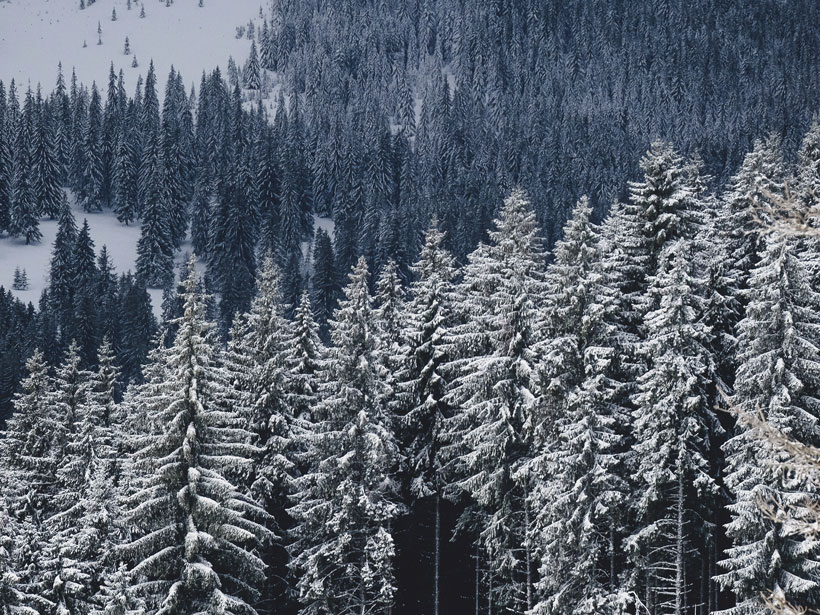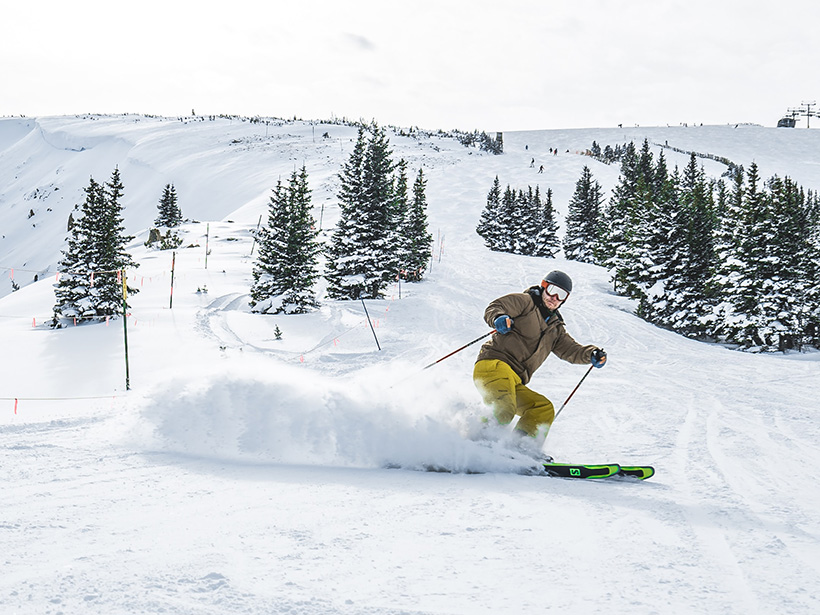Estas intensas tormentas marítimas suponen una amenaza para las comunidades costeras y las actividades económicas de las altas latitudes y puede que influencien el clima y la circulación oceánica.
après snowpack
Winter’s Melting Point
Around the world, the seasonal snowpack is changing. Eos’s October issue looks at how we study winter weather, adapt to climate changes, and even fight for the snow we love.
The Changing Climate’s Snowball Effect
Shrinking snowpack, thawing permafrost, and shifting precipitation patterns have widespread consequences. Can new technologies—and public policies—help communities adapt?
How the Ski Industry Stopped Worrying and Learned to Love Climate Activism
A cultural shift is underway to transform outdoor buffs into stalwarts for climate action. Will it come soon enough to save their sport?
The Challenges of Forecasting Small, But Mighty, Polar Lows
These intense maritime storms pose threats to high-latitude coastal communities and economic activities and may influence climate and ocean circulation.
SnowSchool Spans the States
The nonprofit, donation-fueled program engages K–12 students by combining the fun of playing in snow with the science of the cryosphere.
Testing on the Tundra: NASA Snow Program Heads North
With infrastructure, experience, and a slice of the world’s largest snow biomes, Alaska is an essential research destination for NASA’s multiyear SnowEx campaign.
The Who, What, When, Where, and Why of the Polar Vortex
Here’s a rundown of what this atmospheric phenomenon really is and why it matters.
How Infrastructure Standards Miss the Mark on Snowmelt
Nationwide, civil engineers consider precipitation values from NOAA to design their structures. But those values are missing another contributor to flood risk: snowmelt.









